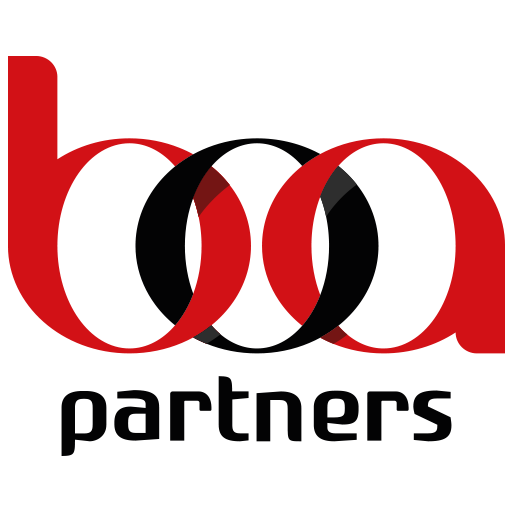As the Industrial Revolution took hold in the nineteenth century, several kinds of electronic equipment for business were now being patented. In contrast to the initially mechanical calculators or desk typewriters, they were furnished with a specific purpose in mind. Adding machines, send machines and dictation appliances were part and parcel of the mechanization of bright white collar do the job. A few, such as the telegraph and cellular phone, helped malfunction the barriers of time and distance between businesses and customers. Others, like the dictation machine and the typist’s keypunch, were used to reduce labor costs in clerical positions.
While the functional mechanics of business machines were being produced inside the early 20th century, computer system research was taking place in academia. Harvard professor Howard Aiken, encouraged by Charles Babbage’s Synthetic Engine, designed the initial digital device to get calculation. His first rendition, the Indicate I, was huge and complex. It took between 3 and six seconds to include two figures. But it was a big advancement from the previously mechanical gadgets.
Vacuum tubes (thermionic valves) made it conceivable to construct electronic circuitry that could boost and correct current stream by manipulating the flow of individual bad particals. This enabled the consumer electronics boom of the 1920s and brought this sort of beneficial innovations seeing that radio, radar, television and long-distance telephony to market.
Another development was the discovery that boolean algebra could be linked to logic, and this digital machines could be programmed to perform logical operations. As opposed to most of his contemporaries, Zuse built his prototype computer in binary from the beginning, and this individual spent considerable time working out the right way to connect that http://aroostookez.org/advantages-of-electronic-putting-machines/ to logic and arithmetic.






